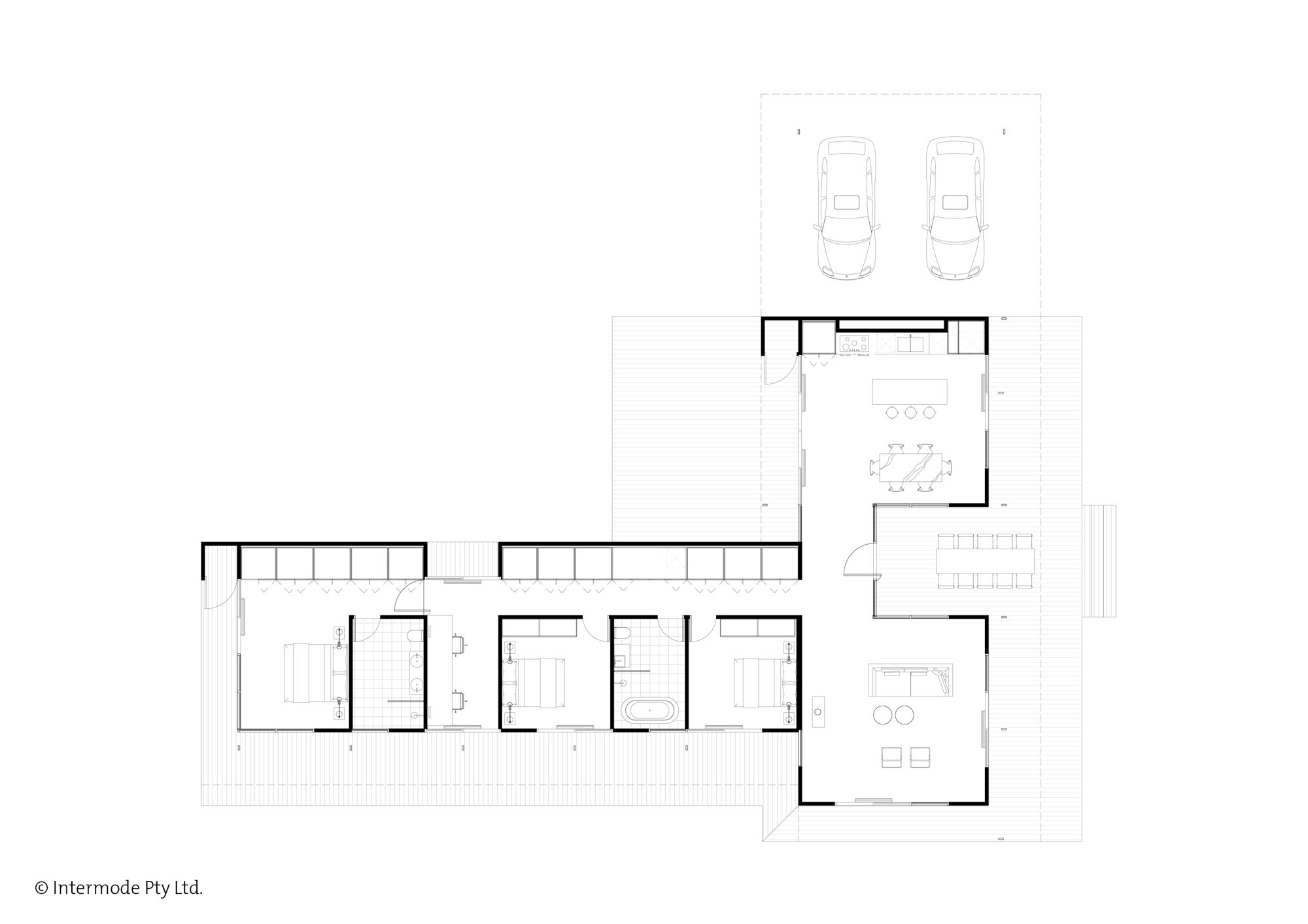A middle-aged woman, quite plain, to be polite about it, and
somewhat stout, to be more courteous still,
but when she and the rather good-looking, much younger man
she's with get up to dance,
her forearm descends with such delicate lightness, such restrained
but confident ardor athwart his shoulder,
drawing him to her with such a firm, compelling warmth, and
moving him with effortless grace
into the union she's instantly established with the not at all
rhythmically solid music in this second-rate cafe,
that something in the rest of us, some doubt about ourselves, some
sad conjecture, seems to be allayed,
nothing that we'd ever thought of as a real lack, nothing not to be
admired or be repentant for,
but something to which we've never adequately given credence,
which might have consoling implications about how we
misbelieve ourselves, and so the world,
that world beyond us which so often disappoints, but which
sometimes shows us, lovely, what we are.
- C.K. Williams





